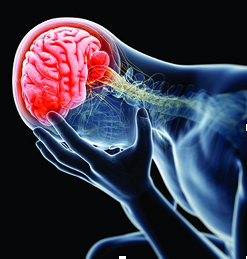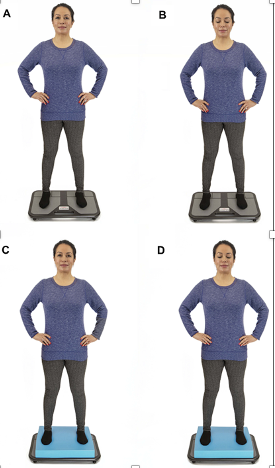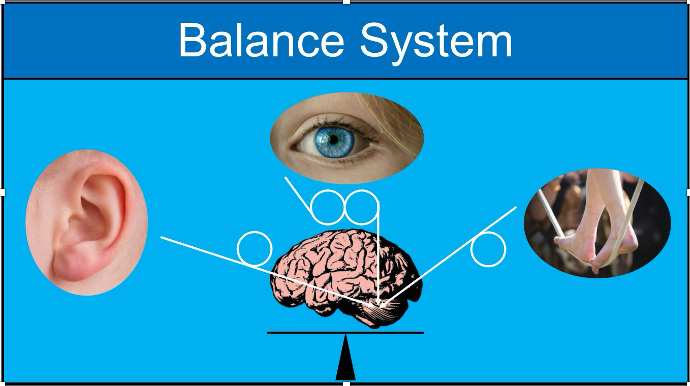PET Scans Now Identify Brain Disease In Living NFL Players
A group of researchers from UCLA are using PET scans to recognize chronic traumatic encephalopathy (CTE) in living NFL players. The scans show the presence of tau proteins linked to CTE. Before this, identification of the presence of this protein, which is also linked to Alzheimer’s disease, could only be confirmed via autopsy.
Scientists from UCLA used a brain-imaging tool that was originally developed for examining neurological changes linked to Alzheimer’s disease. They put to work a chemical marker they made named FDDNP, which binds to deposits of amyloid beta “plaques” and neurofibrillary tau “tangles” (telltale signs of Alzheimer’s) – then they viewed it using a PET (positron emission tomography) scan. The researchers were able to identify where in the brain these irregular proteins built up. Participants received intravenous injections of FDDNP, while the researchers then performed PET brain scans and compared them to those of healthy men with comparable BMI, education, age, and family history of dementia. The scientists discovered that in comparison to healthy men, the NFL players had increased levels of FDDNP in the amygdala and subcortical regions of the brain – the areas that control emotions, behavior, memory, and learning. Participants who had a greater number of concussions had higher levels of FDDNP.
Study author Dr. Jorge R. Barrio, a professor of molecular and medical pharmacology at the David Geffen School of Medicine at UCLA, said, “The FDDNP binding patterns in the players’ scans were consistent with the tau deposit patterns that have been observed at autopsy in CTE cases.”




